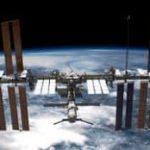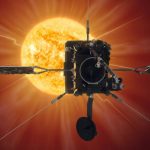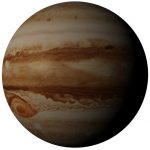Chandra Spots Possible Extragalactic Planet in Messier 510
- From Around the Web, Space
- October 3, 2020
Astronomers using NASA’s Chandra X-ray Observatory have detected an extragalactic candidate planet circling a binary system in Messier 51 (also known as M51, the Whirlpool Galaxy and NGC 5194), an interacting grand design spiral galaxy located some 26 million light-years away in the constellation of Canes Venatici.
















